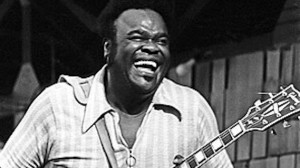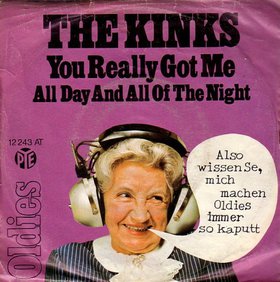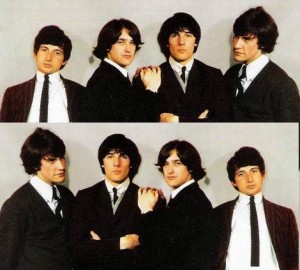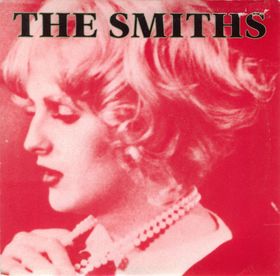Hey, gang! I just got off the phone with Milo T. Frobisher, the big cheese over at RTH Labs, and he asked me to pass this along: apparently, RTH Labs is trying to develop a set of quantitative rules/frames of reference for the analysis of how well live music is performed, depending on the age of both the performer and the audience — and the relative statistical intersection of those data cohorts.
What does this mean for you? Well, what RTH Labs needs is the year of your birth, followed by a short list of the live rock shows you’ve seen, the years you saw them, and a numerical assessment of the quality of the shows you witnessed (1-10).
Now, Frobisher acknowledges that a full accounting of all shows from all artists would be prohibitively time-consuming — and would likely result in an excess amount of non-repeating data that would be impossible to cross-tabulate across the RTH community. So what RTH Labs is looking for are data for shows performed by the following British rock dinosaur bands/artists only:
- The Rolling Stones
- Solo Beatles
- The Kinks
- Led Zeppelin
- The Who
- Pink Floyd
So, for example, my response would be:
- HVB: 1964
- Solo Beatles – Paul McCartney: 2006, 7 rock quality points (RQP); 2008, 5 RQP
- Kinks: 1992-ish, 3 RQP
- The Who: 1984, 5 RQP; 2007, 7 RQP
It’s that simple — unless you prefer to provide any footnotes that might shed light on your RQP assessment. (For example, I might choose to mention that Townsman Mockcarr and I were flummoxed by the Kinks’ choice to incorporate a lone dancer into their show, dressed in ballet taffeta, doing all the artsy swoops and swishes one might expect to see in a high school dance recital, as the band plunked away in the foreground. She would appear at random intervals above and behind the stage, leaping from one side to the other, a high kick here, a deft twirl there, for no discernible reason.)
Will you lend a hand? Milo assures me the data will reveal some interesting patterns worthy of further discussion.





